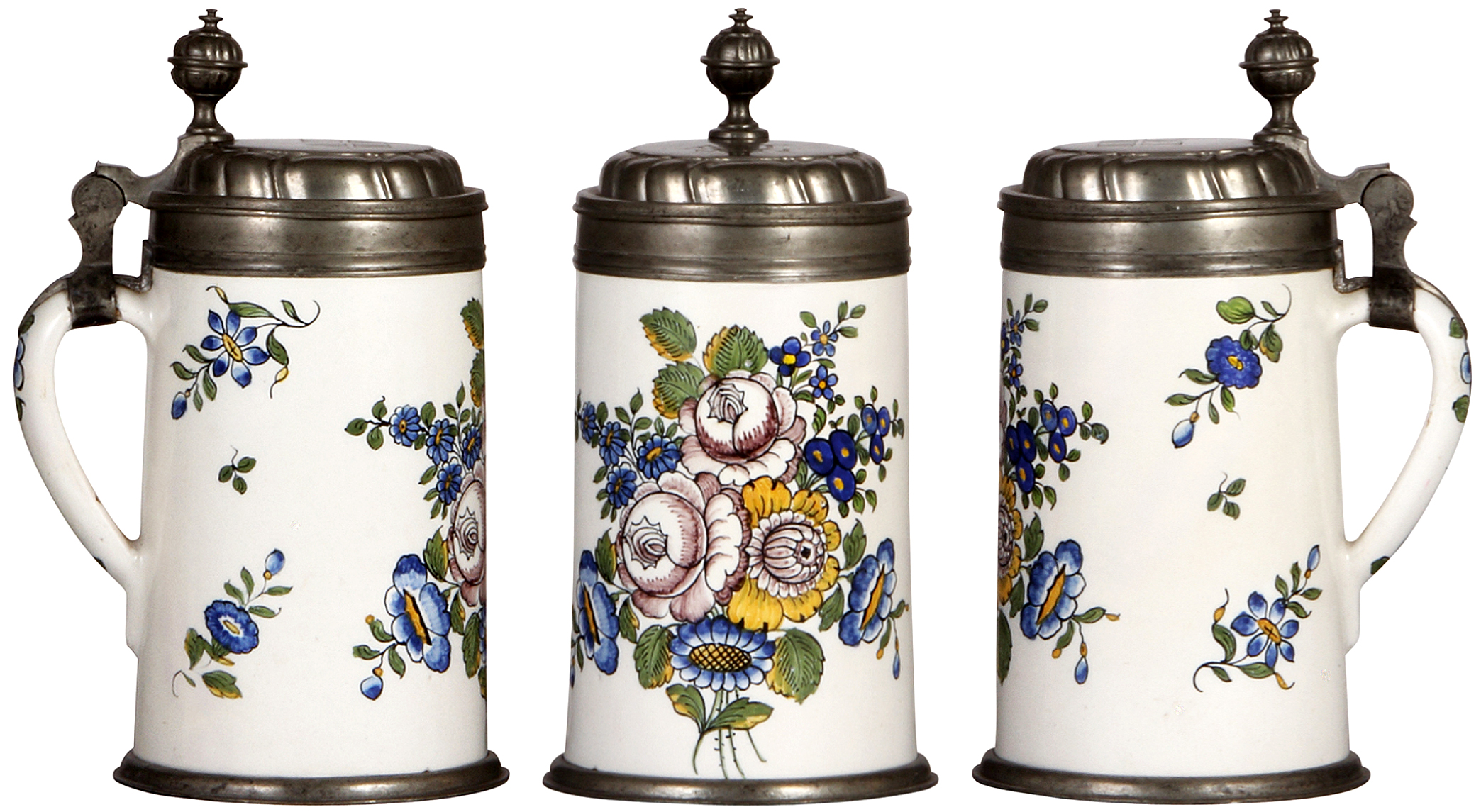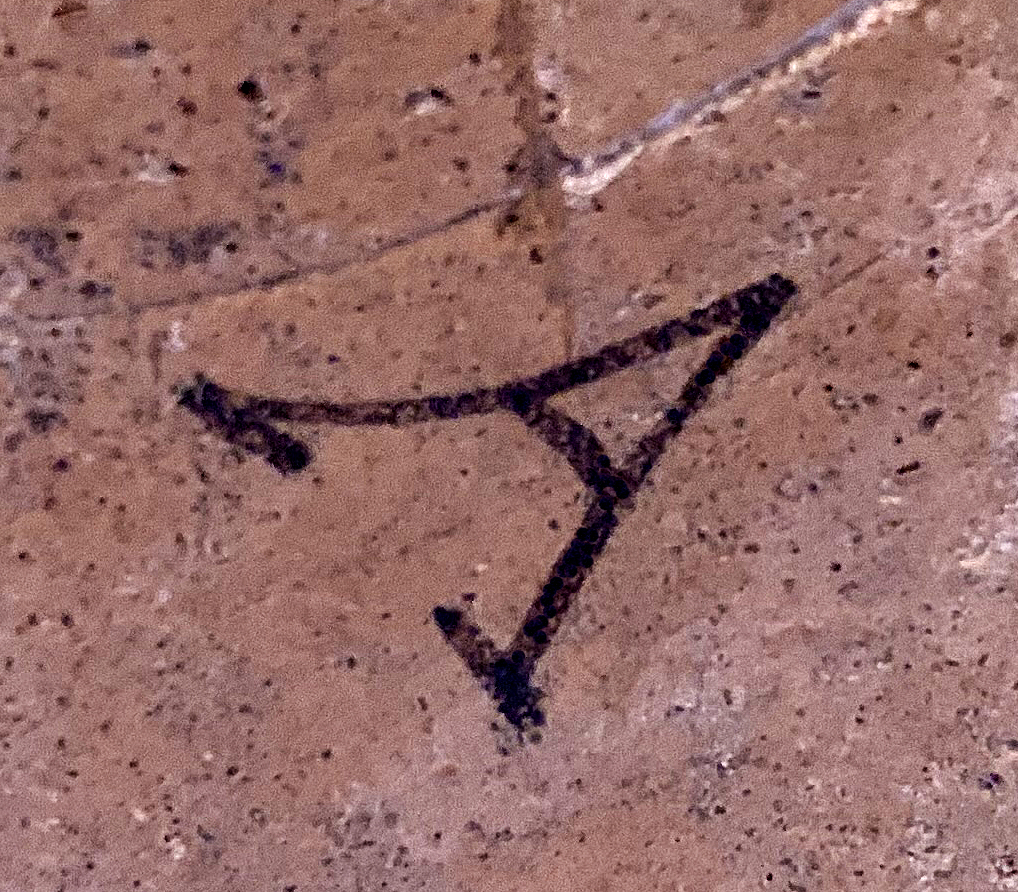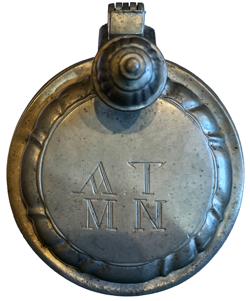
 Stein Collectors International
Stein Collectors International
Featured Stein: July 2024

 Stein Collectors International
Stein Collectors International
Featured Stein:
July 2024
 I recently picked up a lovely 18th century faience stein in a TSACO (The Stein Auction Company) on-line auction. It is 9.3-inches tall, probably holds about one-liter, features a beautiful, skillfully-done, brightly colored floral decoration, has very nice pewter work, and is in excellent condition.
I recently picked up a lovely 18th century faience stein in a TSACO (The Stein Auction Company) on-line auction. It is 9.3-inches tall, probably holds about one-liter, features a beautiful, skillfully-done, brightly colored floral decoration, has very nice pewter work, and is in excellent condition.
 The stein is from the Schrezheim factory, which was located in south western Germany and operated from about 1752-1865. The stein's body is a typical South German style with straight sides without the indentation at the top that would be typical of a North German faience stein. A foot ring encircles the base. The letter A is marked on the underside of the base, undoubtedly signifying the decorating artist, whose identity I have not been able to determine.
The stein is from the Schrezheim factory, which was located in south western Germany and operated from about 1752-1865. The stein's body is a typical South German style with straight sides without the indentation at the top that would be typical of a North German faience stein. A foot ring encircles the base. The letter A is marked on the underside of the base, undoubtedly signifying the decorating artist, whose identity I have not been able to determine.
 The stein's lid has the letters "A T" engraved above the letters "M N". I interpret these as two sets of initials, but there is no way to be certain or know what they truly stand for. The stein also has a ring encircling the upper rim which is uncommon for steins from Schrezheim.
The stein's lid has the letters "A T" engraved above the letters "M N". I interpret these as two sets of initials, but there is no way to be certain or know what they truly stand for. The stein also has a ring encircling the upper rim which is uncommon for steins from Schrezheim.
The stein's handle has the traditional Schrezheim D-shaped cross section, with the lower handle attachment being distinctively raised from the stein's body and ending in an elongated rounded point. Floral decorations such as on this stein are said to be found on about 65% of Schrezheim steins, making it their most common type of decoration [1].
The stein's colors are quite vibrant, thanks to the muffle firing process that was used in its production. Without getting too much into the weeds, this means the decoration was painted on the stein after it had already previously been fired to fuse its tin oxide glaze. Then, after decoration, it was fired yet again, at a lower temperature, to fuse the decoration. This allowed the use of a broader palette of more vibrantly colored pigments which were not compatible with the higher temperature required to fuse the glaze. It also provided an artist-friendly surface upon which to paint the decoration.
The more widely used process was by painting directly onto a glazed but unfired body, then fusing both glaze and decoration in a single firing operation. The glazed but unfired body was a challenging surface to decorate since it absorbed the colors immediately and made any errors impossible to correct. But it did avoid the extra steps and added cost of muffle firing.
By the way, "muffle firing" derives its name from the fact that the pieces were "muffled" in the kiln, that is protected from higher heat by a wall of fire bricks. Schrezheim had some very skilled artists that used this muffle firing decorating technique to produce some very lovely faience steins.
And I am I absolutely delighted to now have this lovely muffle fired 18th century Schrezheim faience stein in my eclectic collection.